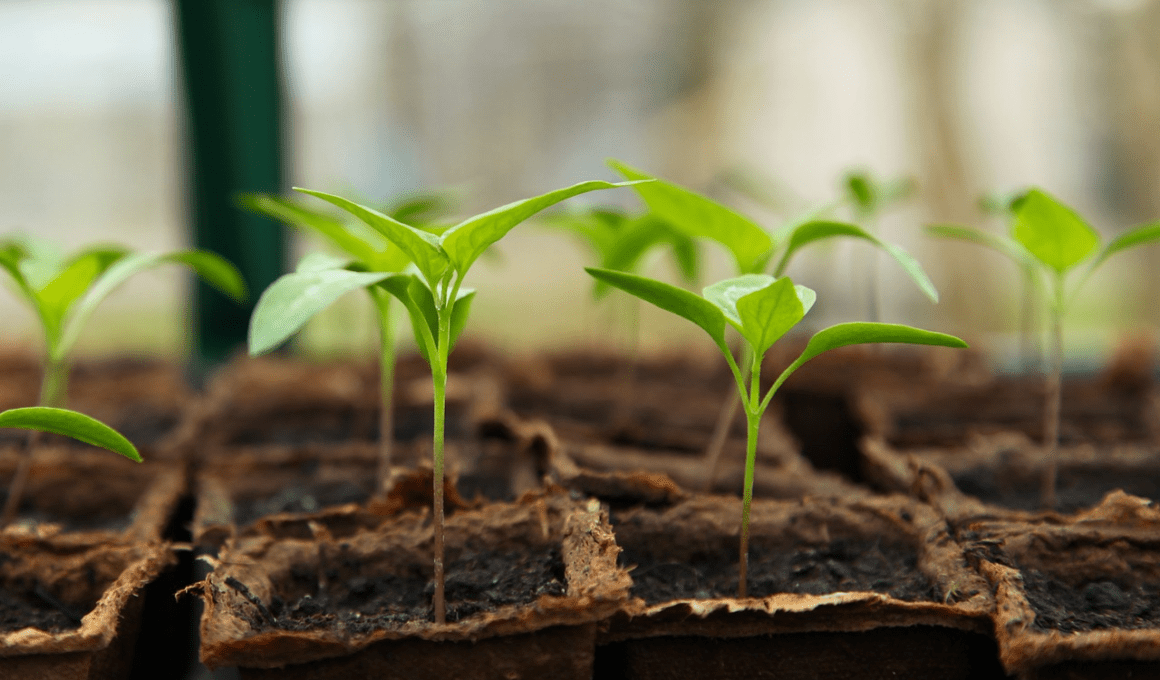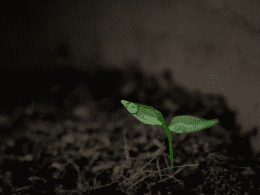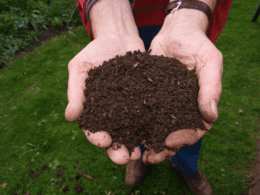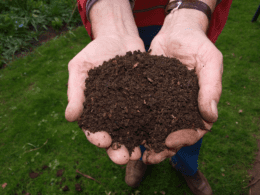Are you looking to extend your growing season and increase your crop yield? Hoop houses and greenhouses are both great options, but which one is the best fit for you?
Hoop houses are cost-efficient structures that rely on passive heating and ventilation, while greenhouses are permanent structures equipped with active heating and ventilation elements. Let’s explore the differences between hoop houses and greenhouses to help you make an informed decision.
When it comes to choosing between a hoop house and a greenhouse, it’s important to consider the structural differences. Hoop houses are simple and easy to assemble, typically consisting of a hoop-shaped frame made of PVC or metal piping covered in a layer of plastic. Greenhouses, on the other hand, are permanent structures made of glass or polycarbonate panels with a sturdy frame.
Both structures have their advantages and disadvantages, but it’s important to choose the one that best fits your gardening needs and budget.
Quick Takeaways
- Hoop houses are simple, cost-efficient structures that rely on passive heating and ventilation, while greenhouses are permanent structures that require active heating and ventilation elements and a full electrical system installed.
- Hoop houses are suitable for any growing layout and can be used throughout all four seasons, while greenhouses are most cost-efficient for medium to large scale farms and can provide the same level of protection and automation that hoop houses do not.
- Both structures allow for greater control of factors such as lighting, watering, ventilation, and temperature, and promote increased crop quality and productivity.
- Hoop houses are best suited for larger gardens, market gardens, or small-scale farms, while greenhouses are much sturdier and can withstand strong winds, heavy rain, and snowstorms, making them suitable for growing healthy and productive crops all year long.
What are the Differences Between a Bush Hog and a Finish Mower?
A bush hog and a finish mower are two different types of equipment used for land maintenance. The main difference lies in their cutting capabilities. A bush hog is adept at tackling dense vegetation and rough terrain, while a finish mower delivers a more precise and manicured cut, making it ideal for well-maintained lawns and fields. Choose between a bush hog or finish mower depending on your specific land maintenance needs.
Structural Differences
If you’re looking to invest in a structure for your garden or farm, it’s important to know that hoop houses and greenhouses have structural differences.
Hoop houses are simple and cost-efficient, made of steel pipe frames and greenhouse-grade plastic. They’re easy to set up and move to new locations, providing a warm and protected microclimate for your plants. They’re also much cheaper than greenhouses, making them a more cost-effective option for those on a tight budget.
Greenhouses, on the other hand, are permanent structures that require a sturdy support system, durable coverings, and cemented ground posts. While they may be more expensive and labor-intensive to set up, they provide complete protection from the elements, pests, and soil diseases. They’re also much sturdier than hoop houses and can withstand strong winds, heavy rain, and snowstorms. If you’re looking for a more permanent and automated solution for your crops, greenhouses may be the better option.
Climate Control and Automation
To achieve optimal growing conditions and increase crop productivity, you can control the climate and automate tasks such as watering and ventilation. When comparing hoop houses and greenhouses, it’s important to consider the level of climate control and automation each structure provides.
-
Passive vs Active Control: Hoop houses rely on passive heating and ventilation, while greenhouses have active heating and ventilation elements. This means that hoop houses are more reliant on natural weather patterns and may require manual adjustments to maintain optimal growing conditions. Greenhouses, on the other hand, have a full electrical system installed and can be fully automated to regulate temperature and humidity levels.
-
Cost Comparison: Hoop houses are generally more cost-efficient than greenhouses, both in terms of initial setup and ongoing maintenance. However, greenhouses provide a higher level of climate control and automation, which can lead to increased productivity and higher quality crops. It’s important to weigh the benefits and costs of each structure to determine which is the best fit for your specific growing needs.
In summary, while hoop houses offer a more affordable and flexible option for extending the growing season, greenhouses provide a higher level of control and automation for optimal growing conditions. Consider your budget and growing goals to determine which structure is the right choice for your garden or farm.
Suitability for Farm Size
Consider the size of your farm when deciding which structure to choose for extending your growing season and increasing crop productivity. A hoop house is more cost-effective than a greenhouse, making it suitable for smaller farms and gardens. Hoop houses can also be moved to new locations, giving you the flexibility to adjust your growing layout. However, hoop houses are not considered permanent structures and may not withstand extreme weather conditions. If you have a larger farm or want a more permanent structure, a greenhouse may be a better option. Greenhouses provide complete protection from the elements, pests, and soil diseases, and can be used throughout all four seasons. They are also equipped with active heating, ventilation, and humidity control systems, making them ideal for year-round production.
To help you decide which structure is right for your farm, consider the following table:
| Hoop House | Greenhouse | |
|---|---|---|
| Cost | Less expensive | More expensive |
| Seasonal Use | Suitable for all seasons | Suitable for year-round use |
| Durability | Not as sturdy, can’t withstand extreme weather | Sturdier, can withstand extreme weather |
| Setup | Easy to set up and move | More labor-intensive to set up and cannot be moved |
| Automation | Limited automation options | Fully automated options available |
No matter which structure you choose, both hoop houses and greenhouses will extend your growing season and increase crop productivity. Consider your farm size, budget, and needs when making your decision.
Frequently Asked Questions
How much does it cost to set up a hoop house or greenhouse?
Setting up a hoop house costs around $1,000-$5,000 while a greenhouse can cost $10,000-$50,000 or more. However, the long term savings from increased crop production and protection may outweigh the initial cost difference.
Can hoop houses or greenhouses be used for growing non-edible plants?
Yes, both hoop houses and greenhouses can be used for growing indoor, decorative, and ornamental plants. They provide a warm and protected microclimate for plants to thrive, allowing for greater control of factors such as lighting, watering, and temperature.
What is the average lifespan of a hoop house or greenhouse?
The average lifespan of a hoop house is 5-15 years, while a greenhouse can last up to 25 years. Both require regular maintenance to prolong their lifespan and prevent damage from weather conditions.
Are there any specific building codes or permits required for constructing a hoop house or greenhouse?
Before building a hoop house or greenhouse, it’s important to check with your local authorities about building code requirements and the permitting process. Following these regulations ensures safety and avoids any legal issues.
How do hoop houses and greenhouses impact the environment and energy consumption?
When it comes to environmental impact and energy efficiency, both hoop houses and greenhouses can be sustainable. By using passive heating and ventilation, hoop houses can reduce energy consumption. Greenhouses can also be sustainable with the use of renewable energy sources and efficient heating and cooling systems.









